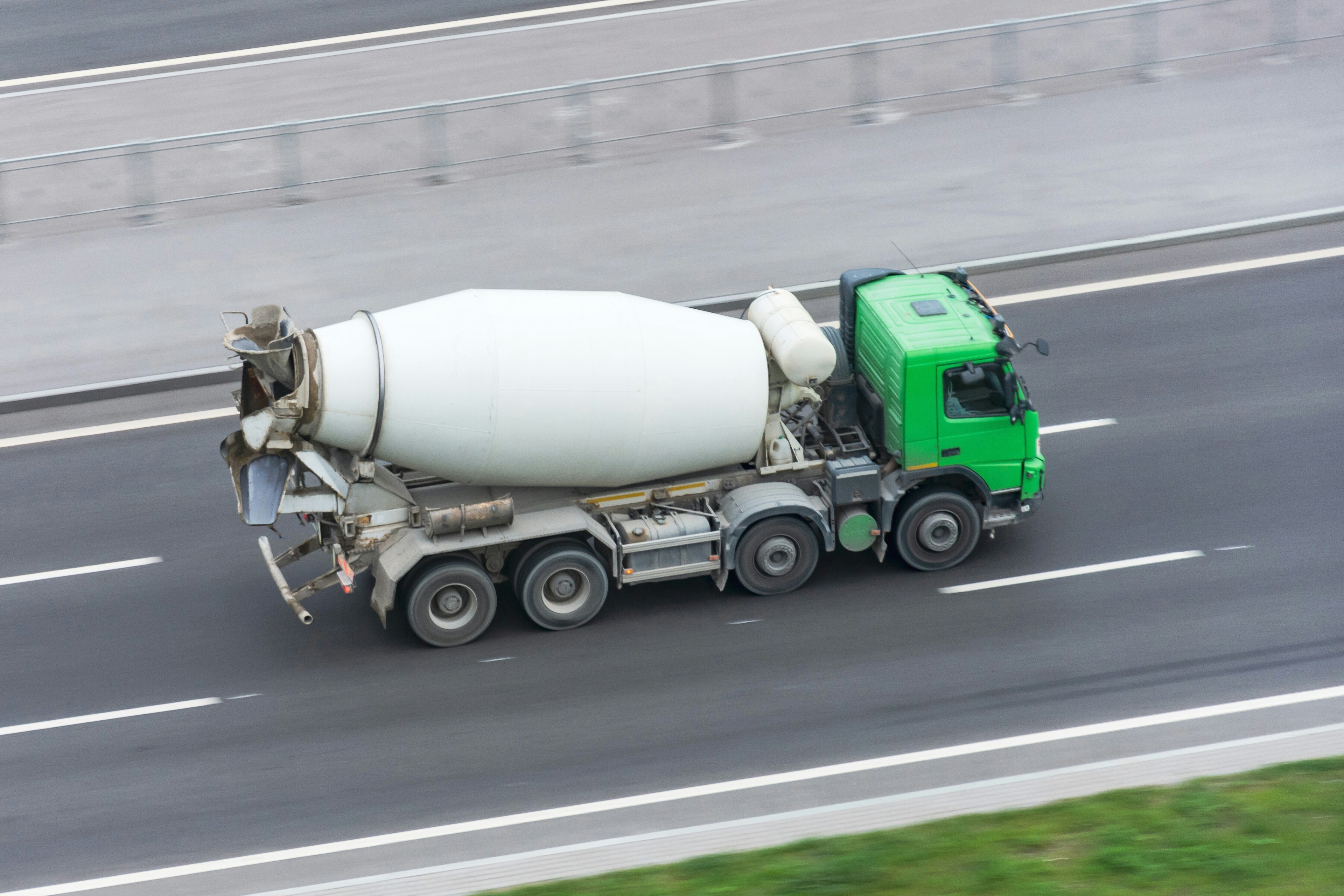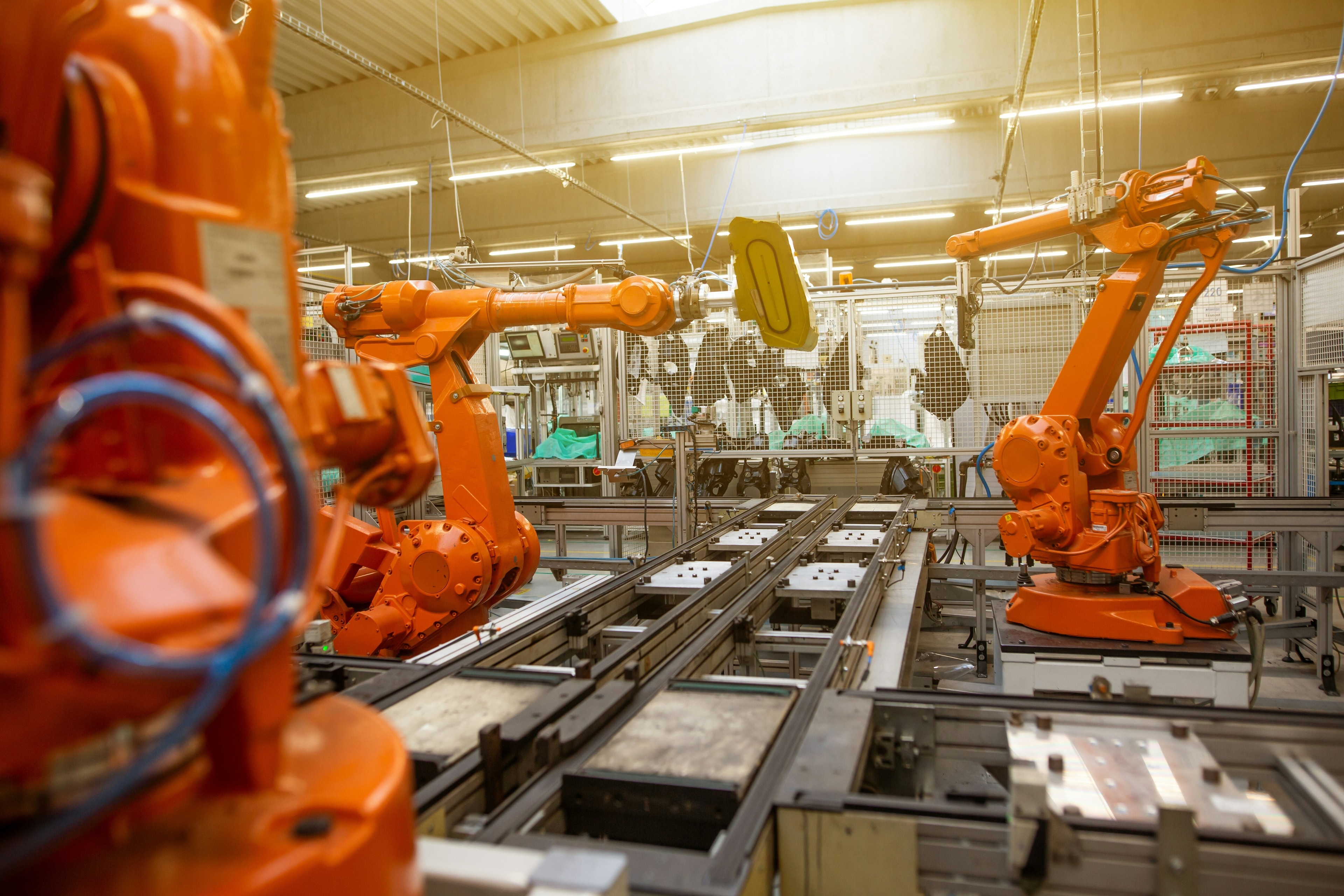The future of food under 'severe threat' as species diversity disappears

People are depending on fewer species for food.
Image: REUTERS/Issei Kato
Stay up to date:
Agriculture, Food and Beverage
The future of food supplies is under "severe threat" because of the number of animal and plant species fast disappearing, a United Nations report said on Friday, as the world grapples with how to feed a growing population.
People are depending on fewer species for food, said the U.N.'s Food and Agriculture Organization (FAO), leaving production systems susceptible to shocks like pests or disease, droughts and other extreme weather events due to climate change.
Although about 6,000 plant species can be used for food, less than 200 varieties are widely eaten, and only nine make up most of the world's total crop production, the FAO said in the first report of its kind to assess biodiversity in food systems.
"The loss of biodiversity for food and agriculture is seriously undermining our ability to feed and nourish an ever-growing global population," said head of the FAO, Jose Graziano da Silva, in a statement.
"We need to use biodiversity in a sustainable way, so that we can better respond to rising climate change challenges and produce food in a way that doesn't harm our environment," he said.
By analysing data from 91 countries, the FAO said there was "mounting evidence" the world's biodiversity was under "severe threat" due to pollution, badly managed water and land use, poor policies, over harvesting and climate change.
Climate change will become a steadily bigger threat to biodiversity by 2050, adding to damage from pollution and forest clearance to make way for crops, according to more than 550 experts in reports approved by 129 governments last March.
From insects to seagrass, crustaceans and fungi, nearly a quarter of nearly 4,000 wild food species are in decline, with the hardest hit regions being Latin America, Asia and Africa, the report said.
Global food production must become more diverse and include species that are not widely eaten but could be better equipped to withstand hostile climates and disease, it said.
"Compounded by our reliance on fewer and fewer species to feed ourselves, the increasing loss of biodiversity for food and agriculture puts food security and nutrition at risk," Graziano da Silva added.
Diversification could also help fight malnutrition globally by bringing little-known but highly nutritious foods into the mainstream, like fonio, which is a small grain that is well-suited to hot climates with unpredictable weather patterns.
The U.N. has said countries must double the productivity and incomes of small-scale food producers by 2030 to eliminate hunger and ensure all people have access to food.
One in nine people already do not have enough food and the world population is expected to reach 9.8 billion by 2050.
Don't miss any update on this topic
Create a free account and access your personalized content collection with our latest publications and analyses.
License and Republishing
World Economic Forum articles may be republished in accordance with the Creative Commons Attribution-NonCommercial-NoDerivatives 4.0 International Public License, and in accordance with our Terms of Use.
The views expressed in this article are those of the author alone and not the World Economic Forum.
Related topics:
Forum Stories newsletter
Bringing you weekly curated insights and analysis on the global issues that matter.
More on Industries in DepthSee all
Eneida Licaj and Genevieve Sherman
September 10, 2025
Benedikt Gieger and Christian Busch
September 3, 2025
Spencer Feingold
August 18, 2025
Giorgio Parolini
July 7, 2025
Ibrahim Odeh and Oliver Tsai
July 2, 2025







